
Quantum Computers The Key To Elusive 'Theory Of Everything'
However, the two models resisted integration into a“theory of everything.” At the heart of the problem appear to be two distinct forms of mathematics: discrete and continuous. But quantum computing may come to the rescue.
Discrete and continuousThe distinction between discrete and continuous mathematics lies at the heart of modern physics and computer science. Discrete mathematics describes reality in separate, countable units-like the binary digits used in computing-while continuous mathematics captures smooth, unbroken processes, such as waves and curves.
This tension between the discrete and the continuous has shaped some of the most important breakthroughs in science, including quantum mechanics to relativity, and continues to influence new frontiers such as quantum computing.
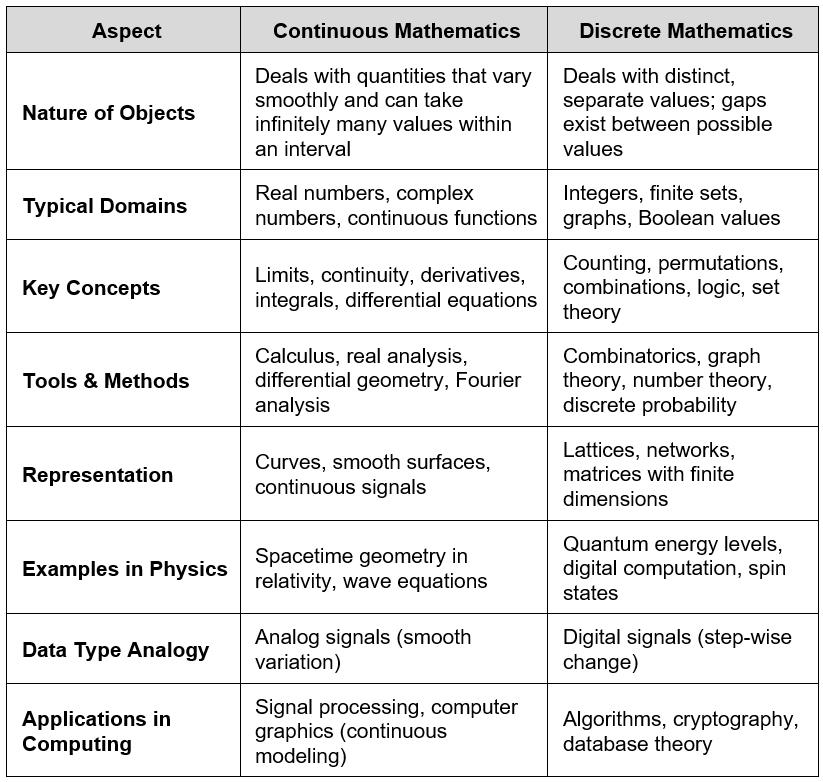
Fig. 1. The primary distinctions between continuous and discrete mathematics.
At the turn of the 20th century, scientists believed light and radiation were continuous phenomena.
In 1900, German physicist Max Planck challenged this view. To formulate his radiation law, he treated light as discrete units, or quanta, a move dictated by mathematical necessity rather than experimental evidence. Planck initially regarded quanta as abstract mathematical constructs, not physical reality.
This step marked the entry of discrete mathematics into physics. Planck's quantization is comparable to modern digital sampling: just as music is digitized by recording many tiny samples per second, Planck treated radiation as composed of discrete packets.
From quanta to photonsIn 1905, Einstein gave new meaning to Planck's idea of quanta by explaining the photoelectric effect. He proposed that light consists of discrete packets of energy, later called photons.
Experiments confirmed that light, long regarded as a continuous wave, could also behave like particles under certain conditions. Planck's mathematical abstraction thus became Einstein's physical reality, marking discreteness as a fundamental feature of nature.

Legal Disclaimer:
MENAFN provides the
information “as is” without warranty of any kind. We do not accept
any responsibility or liability for the accuracy, content, images,
videos, licenses, completeness, legality, or reliability of the information
contained in this article. If you have any complaints or copyright
issues related to this article, kindly contact the provider above.





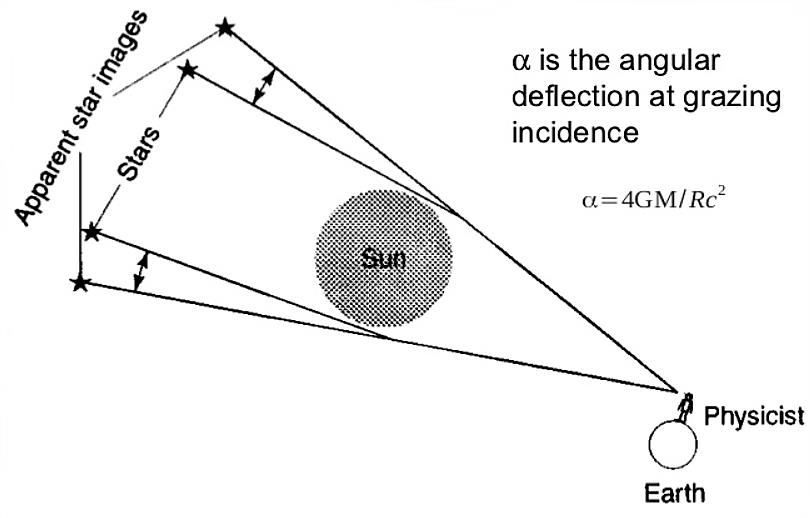
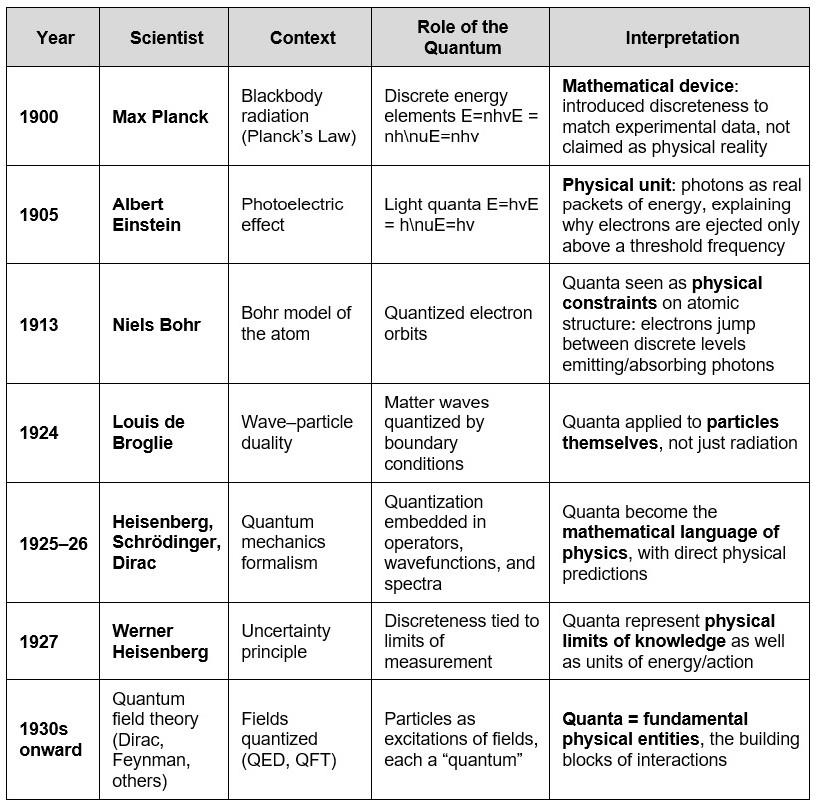
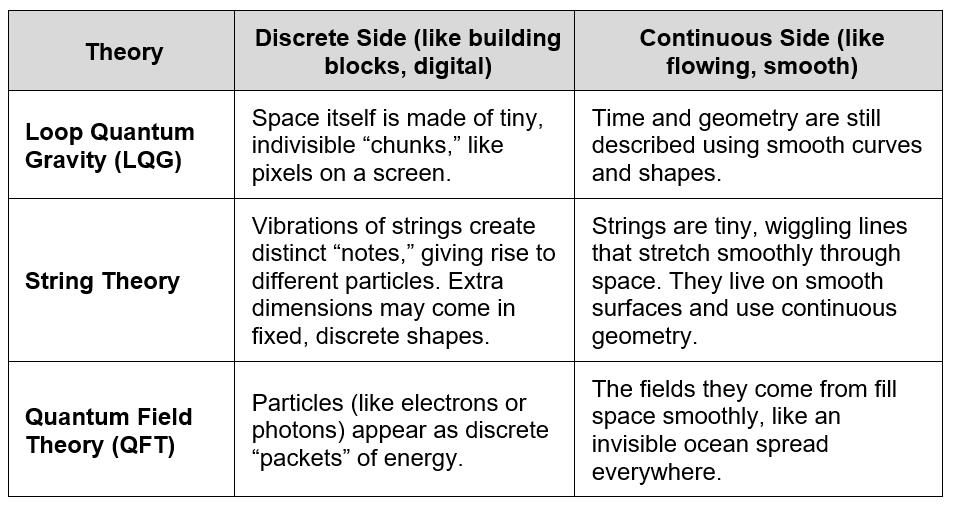
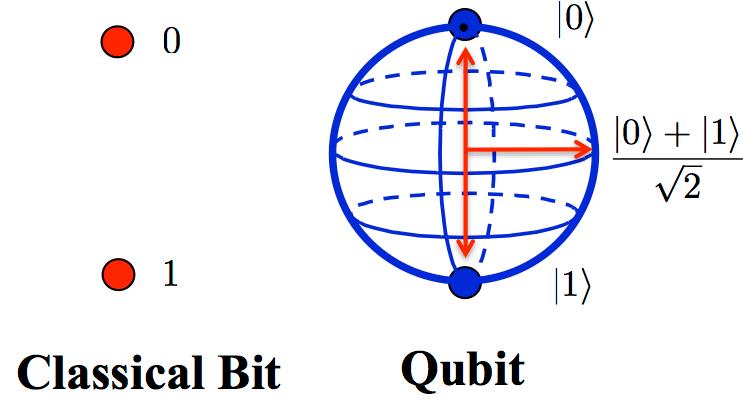

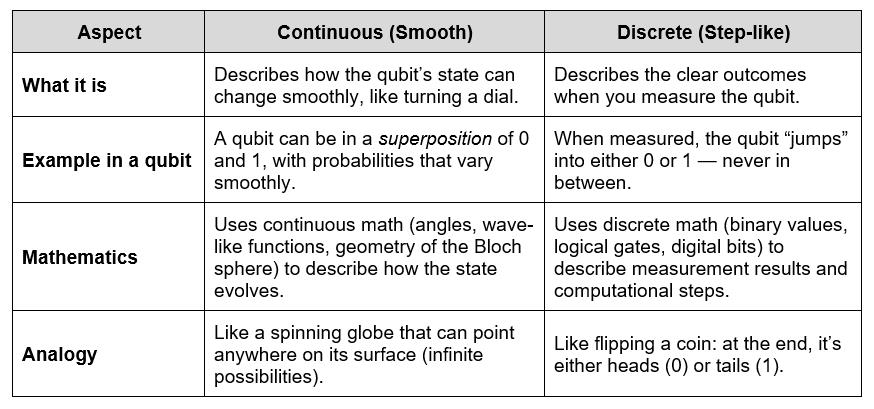
















Comments
No comment